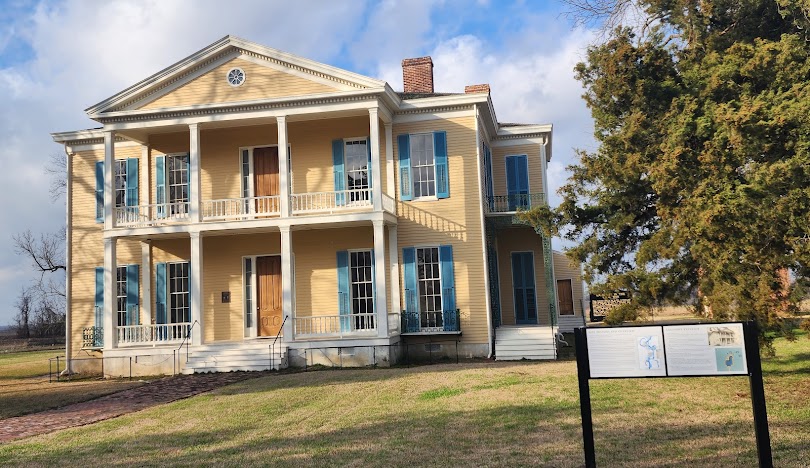By Dr. Curtis Varnell
Friends visiting in Arkansas often ask where they can visit old Plantations. Plantations? They must think they are visiting Vicksburg, Mississippi or one of the other locations where wealthy landowners owned extensive cotton land worked by hundreds of slaves. Large, shaded veranda’s, mint juleps, and shaded trees covered with Spanish moss had little to do with most of Arkansas.
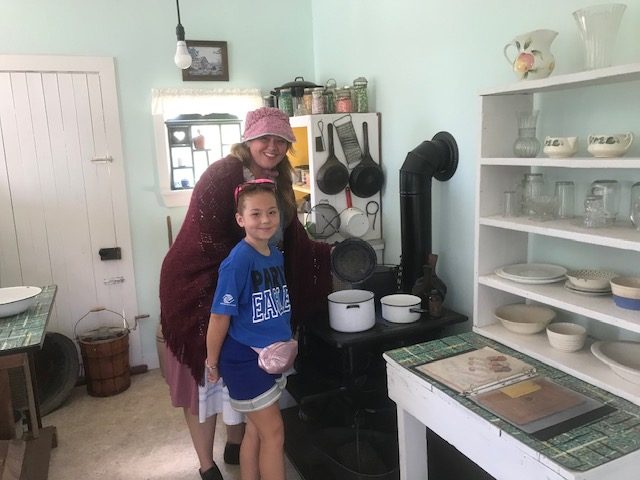
In the early 1800’s, Arkansas was the western frontier. Settlers, many from southern states, poured into the region and, from the 1830’s into the 1850’s, the population grew rapidly. The rich, dark soils along the rivers and those lands in the delta were quickly obtained by prosperous slave-owning individuals who perceived the plantation system and the raising of cotton as the ideal way of life. By the time the storm clouds of the Civil War developed, these wealthy individuals dominated the political and social life of the state.
Most individuals in Arkansas were yeoman farmers. They typically lived on small land-ownings of one-hundred and sixty acres or less. They were relatively self-sufficient, farmed, and lived off the land. The principal crop was corn, used as food for man and stock or turned into alcohol which could be shipped to New Orleans or other markets. One historian described rural Arkansas of that time period as islands of prosperity surrounded by seas of desperation. The homes of most were far from being the plantation image. Many were composed of logs, the better ones of rough-cut clap-board overlaid with lathing.
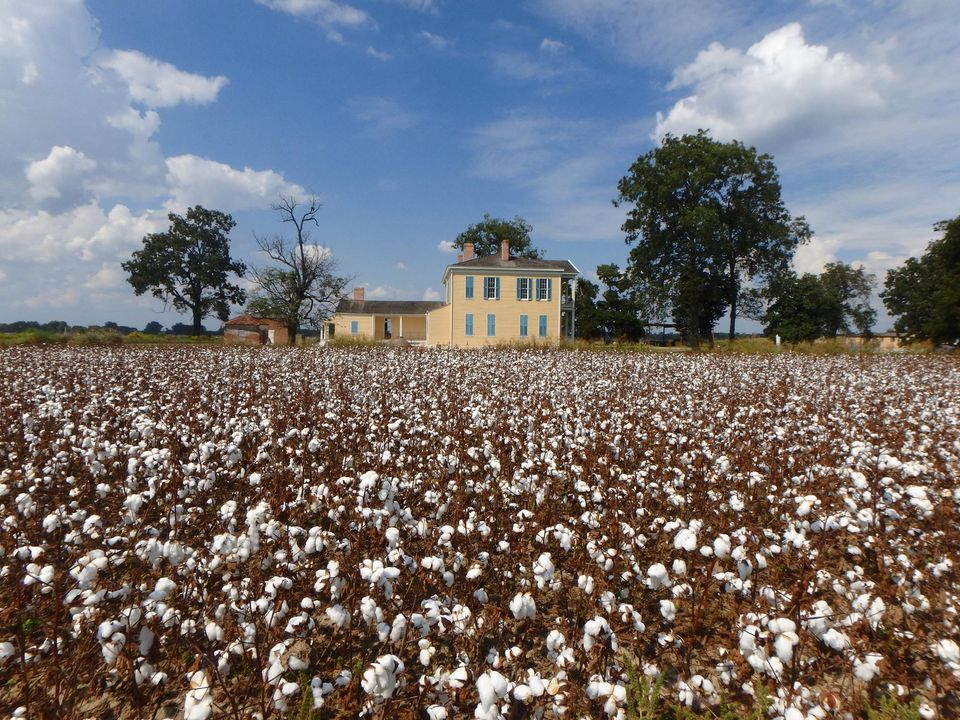
The slave-owner in Arkansas was far from that perceived nationally. In 1860, there was more than 110,000 slaves in Arkansas but only one in five citizens were slave owners. Only twelve percent owned more than twenty slaves, a number which was a kind of benchmark for the “planter” or plantation designation. In Arkansas, those that reached that planter designation could become very prosperous. Cotton grew well in Arkansas, the European market was easily assessible, and money was there for the making. Many of the planter elite became community and state leaders, having large, elaborate homes built on their property as well as in Little Rock and other Arkansas towns.
Although few of those homes still exist, a visit to Lakeport Plantation in Chicot County is a journey back in time to one of those “islands of prosperity.” The plantation was created when Joel Johnson, a prominent farmer from Kentucky, moved into the area bringing along his family as well as 23 enslaved people. Clearing the land, they began producing large crops of cotton, an endeavor that made him one of the wealthiest and most influential men in the state. The plantation grew to include more than 4,000 acres of land and the ownership of more than 155 slaves. Records show that wealth was built upon the backs of those enslaved. Most of the enslaved people were field hands, but some were masons, house-hold servants, and carpenters. Plantation life was exhausting for those forced to work it; many worked six days a week with only one day off, typically Sunday.
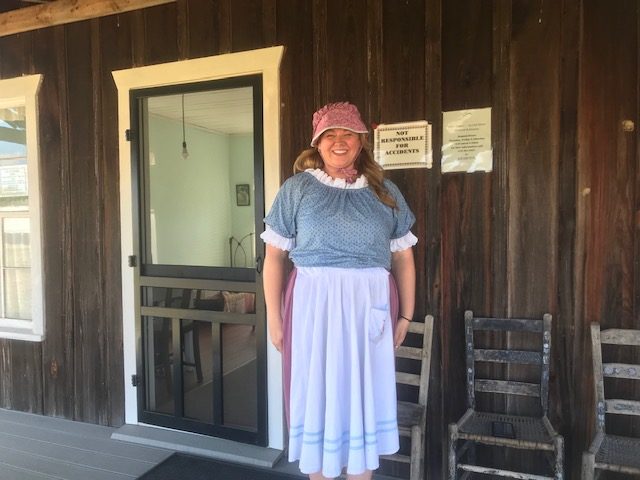
In 1857, Lycurgus Johnson, obtained total ownership of the family property and built the current plantation home. It is the last remaining plantation home on the Mississippi River in Arkansas and the historic structure is listed as a national historic site. Unlike many of the historic plantations, Lakeport retains its original Greek Revival style, not having been remodeled over the intervening years. Arkansas State University had worked hard to retain the plantation as it originally existed and have made it more of a heritage site museum than a show-place of elitism.
Tours through the plantation provide information about the time period, what it was like to be a planter, a skilled slave, or a field worker. A beautiful place, located by the bridge crossing the Mississippi near Lake Village, tours are provided daily for visitors.
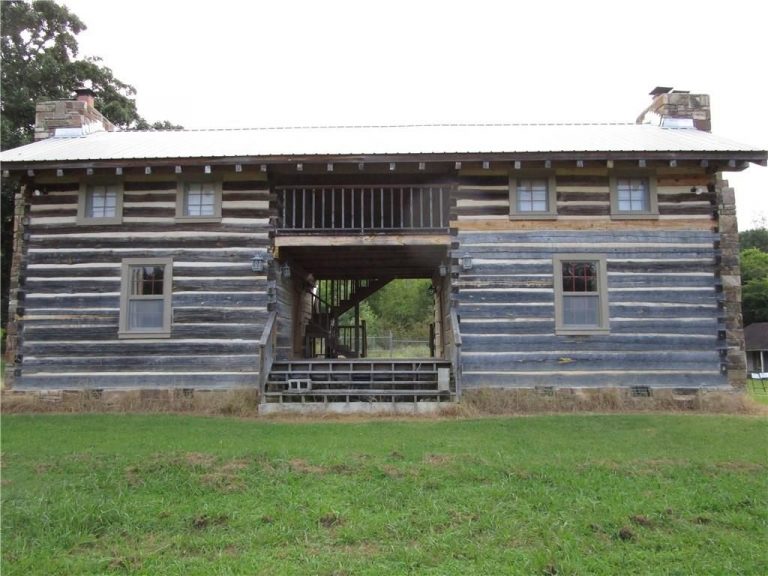
A few other plantations can still be located in Arkansas. At Scott, just a few minutes’ drive into the delta from Little Rock, one can find the Marisgate Plantation. The home has more than 30 antique-filled rooms enclosed within a stately Greek Revival home with Ionic columns over 40 feet tall. Marisgate is open for weddings, special events, and tour groups. A few other buildings from that period dot the state.
Many of the old dogtrot homes and clapboard houses can be found around the state. Common and less majestic, they are much more reminiscent of life in Arkansas than are plantations.

